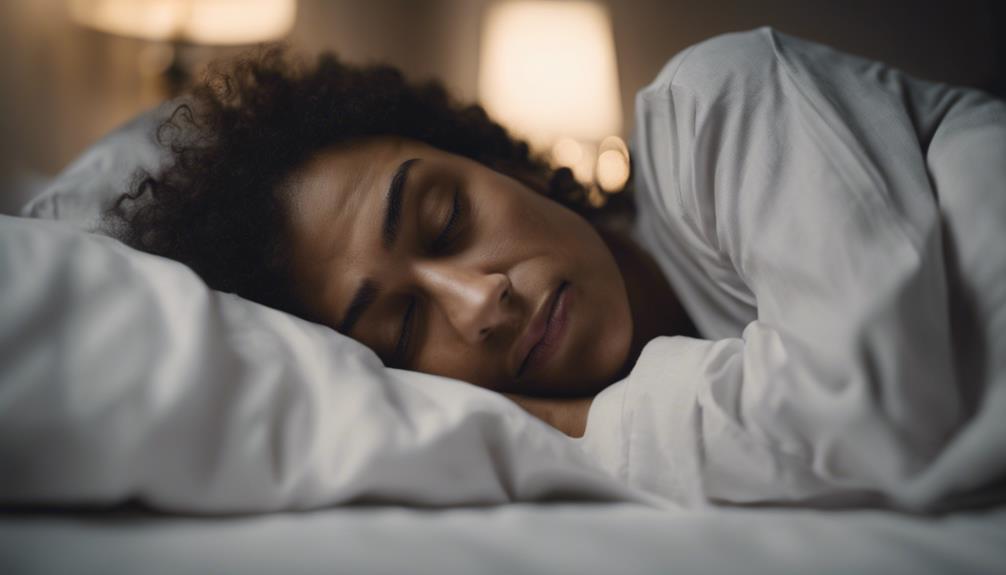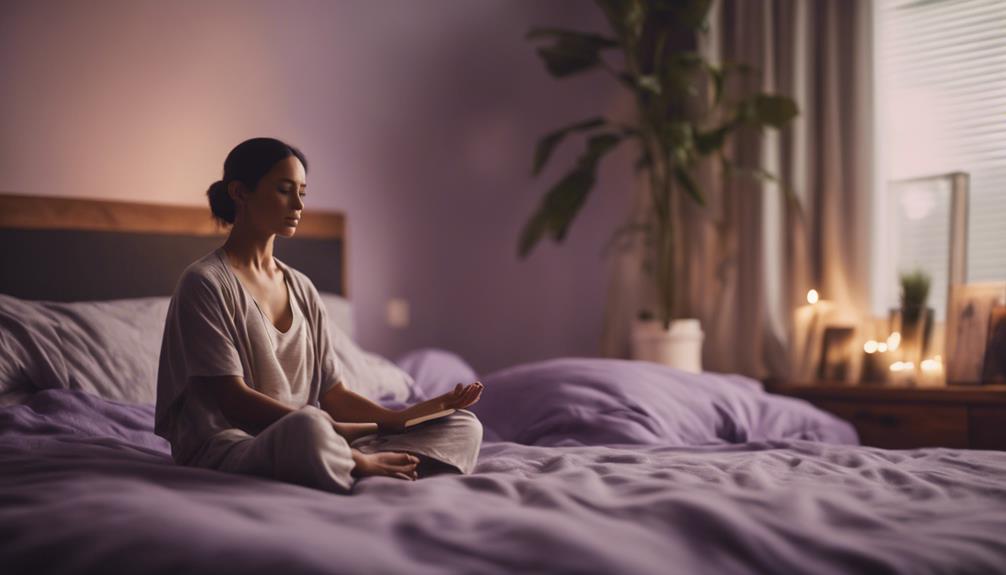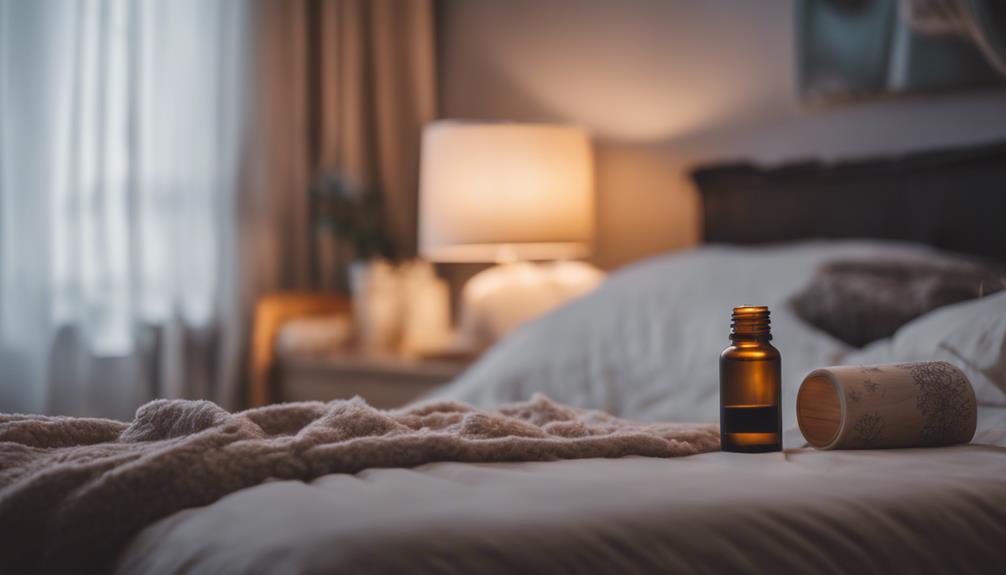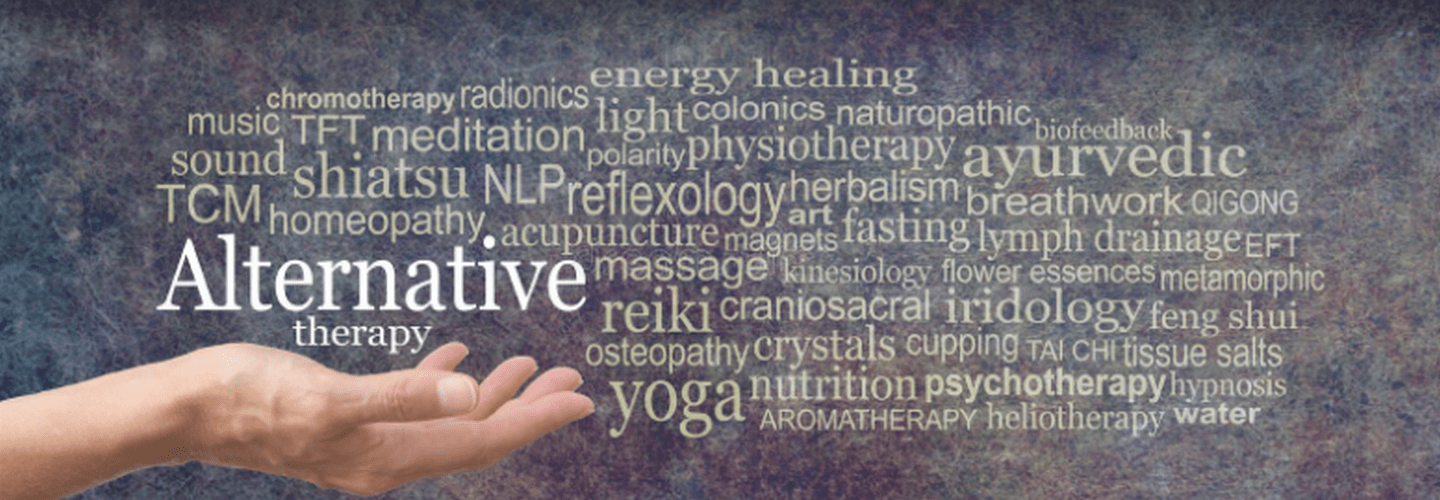
Mindset shifts help aid sleep disturbances by impacting thoughts and behaviors essential for quality sleep. Stress-reduction techniques, like deep breathing and meditation, ease the mind before bedtime. Cognitive-behavioral therapy tackles negative patterns affecting sleep hygiene. Positive thinking before bed reduces stress, promoting relaxation.
Mindfulness practices, including consistent sleep schedules and calming routines, enhance sleep quality. By fostering a positive mindset, one can create a more conducive environment for restful sleep.
Key Takeaways
- Positive mindset reduces stress, aiding in relaxation before sleep.
- Mindset shifts improve sleep environment by promoting positivity.
- Cultivating positive thoughts leads to a more relaxed state for sleeping.
- Positive thinking correlates with enhanced sleep quality and patterns.
- Mindfulness practices enhance strategies to address sleep disturbances.
Impact of Mindset on Sleep
Exploring the relationship between mindset and sleep reveals significant implications for understanding and addressing sleep disturbances. Sleep hygiene, encompassing habits and practices that promote quality sleep, is closely intertwined with mental health. Individuals with poor sleep hygiene often experience disruptions in their mental health, such as increased anxiety and depression.
Research indicates that individuals with a positive outlook towards sleep tend to have better sleep quality and overall mental well-being. Moreover, individuals who prioritize mental health by engaging in stress-reduction techniques are more likely to have improved sleep patterns. Positive outlook interventions, such as cognitive-behavioral therapy for insomnia, have shown promising results in enhancing sleep quality by addressing maladaptive thoughts and behaviors that contribute to sleep disturbances.
Stress Reduction Techniques

What are the most effective stress reduction techniques for improving sleep quality and overall mental well-being?
Two key strategies proven to alleviate stress and enhance sleep are relaxation techniques such as deep breathing and incorporating daily meditation into a bedtime routine.
Relaxation techniques, including deep breathing exercises, can help calm the mind and body, reducing stress levels and promoting better sleep.
Deep breathing involves taking slow, deep breaths to activate the body’s relaxation response, which can counteract the effects of stress and anxiety.
Daily meditation, especially when practiced as part of a bedtime routine, can also be highly beneficial for reducing stress and improving sleep quality.
Meditation helps quiet the mind, increase mindfulness, and promote relaxation, all of which are essential for unwinding before bed and achieving restful sleep.
Cognitive Behavioral Therapy Benefits

One effective approach for addressing sleep disturbances and improving mental well-being is through the benefits of Cognitive Behavioral Therapy (CBT). CBT is a structured, evidence-based form of psychotherapy that aims to modify negative thought patterns and behaviors contributing to sleep issues.
Through CBT, individuals learn techniques to improve sleep hygiene, such as maintaining a consistent sleep schedule, creating a relaxing bedtime routine, and optimizing their sleep environment to promote better quality sleep.
Moreover, CBT teaches relaxation techniques that can help individuals unwind before bed, reducing anxiety and stress that often disrupt sleep. These techniques may include progressive muscle relaxation, deep breathing exercises, guided imagery, and mindfulness meditation.
Positive Thinking and Sleep Quality

Research has shown a significant correlation between positive thinking and improved sleep quality in individuals experiencing sleep disturbances. Positive thinking, often referred to as sleep positivity, can play an essential role in enhancing the overall sleep experience.
Here are three ways in which positive thinking can impact sleep quality:
- Reduced Stress Levels: Maintaining a positive mindset before bedtime can help lower stress levels, leading to a more relaxed state conducive to falling asleep faster and experiencing deeper restorative sleep.
- Enhanced Sleep Environment: Positive thinking can contribute to creating a sleep-conducive environment by promoting relaxation and reducing anxiety, thereby improving the overall quality of sleep.
- Mindset Connection: The connection between mindset and sleep quality highlights the importance of cultivating positive thoughts and emotions to improve sleep patterns and overall well-being.
Mindfulness Practices for Better Sleep

Positive thinking can pave the way for improved sleep quality, and incorporating mindfulness practices can further enhance the efficacy of strategies to address sleep disturbances.
Mindfulness practices encompass various relaxation techniques and bedtime routines that promote better sleep. One of the key elements of mindfulness for sleep is meditation, which has been shown to have numerous benefits in improving sleep quality. Meditation helps in reducing stress and anxiety, which are common culprits of sleep disturbances. By practicing mindfulness meditation before bed, individuals can calm their minds and bodies, making it easier to fall asleep and stay asleep throughout the night.
Furthermore, mindfulness practices also focus on enhancing sleep hygiene practices. This includes establishing a consistent sleep schedule, creating a relaxing bedtime routine, and optimizing the sleep environment for better rest. By incorporating these mindfulness techniques into daily life, individuals can cultivate a healthier relationship with sleep and experience more restful nights.
Creating a Sleep-Inducing Environment

When aiming to create a sleep-inducing environment, consider using calming bedroom colors and eliminating electronic distractions.
Studies have shown that colors like soft blues and greens can promote relaxation and improve sleep quality.
Additionally, removing electronic devices from the bedroom can reduce exposure to blue light, which can interfere with the production of melatonin, a hormone that regulates sleep.
Calming Bedroom Colors
Creating a sleep-inducing environment begins with selecting calming bedroom colors that promote relaxation and tranquility. Color psychology plays a significant role in setting the tone for a peaceful sleep environment.
Here are three calming bedroom colors that can help improve your sleep quality:
- Soft Blue: Known for its calming effects, soft blue hues evoke a sense of serenity and can lower heart rates and blood pressure, preparing the body for sleep.
- Lavender: This delicate shade is often associated with relaxation and stress reduction. Lavender can help promote a sense of calmness, making it an ideal choice for bedroom walls or decor.
- Warm Gray: A neutral color like warm gray can create a soothing and cozy atmosphere in the bedroom. It provides a sense of security and comfort, encouraging relaxation before bedtime.
Eliminate Electronic Distractions
To optimize your sleep environment, it is essential to eliminate electronic distractions that can disrupt your sleep quality and hinder your ability to fall asleep easily. Excessive screen time before bed has been linked to delayed sleep onset and decreased sleep duration. The blue light emitted by screens can suppress the production of melatonin, a hormone that regulates sleep-wake cycles. It is recommended to establish a bedtime routine that involves minimizing screen time at least an hour before going to bed.
Creating a sleep-inducing environment involves turning off electronic devices such as smartphones, tablets, computers, and televisions. Instead of engaging with screens, consider activities like reading a book, practicing relaxation techniques, or taking a warm bath to signal to your body that it’s time to wind down.
Frequently Asked Questions About Mindset Shifts Help
Can Mindset Shifts Completely Cure Sleep Disorders?
Mindset shifts can greatly improve sleep disorders when combined with a holistic approach. Incorporating cognitive therapy, relaxation techniques, and enhancing sleep hygiene can lead to better sleep outcomes, although a complete cure may require individualized treatment.
How Long Does It Take to See Results From CBT for Sleep?
Starting Cognitive Behavioral Therapy for sleep entails a commitment to improving sleep hygiene and applying cognitive restructuring techniques. Results vary based on individual factors, but improvements are typically noticeable within 4 to 6 weeks.
Does Positive Thinking Work for Chronic Insomnia?
Positive thinking, when combined with mindfulness practice and cognitive therapy, has shown promising results in alleviating chronic insomnia. By fostering a more positive mindset and addressing cognitive patterns, individuals may experience improved sleep quality.
Are There Specific Mindfulness Techniques for Falling Asleep Faster?
Deep breathing and visualization techniques are helpful mindfulness practices for falling asleep faster. By focusing on slow, deliberate breaths and calming mental imagery, individuals can reduce anxiety and promote relaxation conducive to improved sleep quality.
What Are the Best Colors for a Sleep-Inducing Bedroom?
Color psychology plays an important role in creating a sleep-inducing bedroom. Soft, calming colors like blue, green, and lavender promote relaxation and tranquility. When incorporated into bedroom decor, these hues can help improve sleep quality and overall well-being.
Conclusion
To sum up, the power of mindset shifts in enhancing sleep disturbances cannot be underestimated. By incorporating stress reduction techniques, cognitive behavioral therapy, positive thinking, and mindfulness practices, individuals can create a sleep-inducing atmosphere conducive to restful nights.
Just as a calm river flows smoothly through a tranquil landscape, a peaceful mindset can lead us gently into the world of deep, rejuvenating sleep.
Take The Next Step
Mark’s latest book “Spiritual Laws You Must Know” is available on LuLu and on Amazon. Be sure to purchase two copies and give one to a friend, you do reap what you sow!

Make An Appointment
Do not be afraid to reach out to me, Mark , to assist you in any issues you might have. Need a good listener or someone to confidentially talk too? . Life Coaching is 45 minute session, once a week.
Self-Hypnosis is taught in one session, individual sessions or in a group, and lasts a lifetime. Most Hypnotherapy sessions including Age regression last 2 hours and EFT Sessions are usually handled with a one hour session
To make an appointment, first listen to the Pre-talk and fill out the Complementary Healthcare Provider Disclosure. The use the Contact Form to request an appointment with, Mark, The Bohol Hypnosis Expert.
Self-help downloads are available to help you with specific problems. The self-hypnosis program to teach you how to self-hypnotize yourself is available here.





